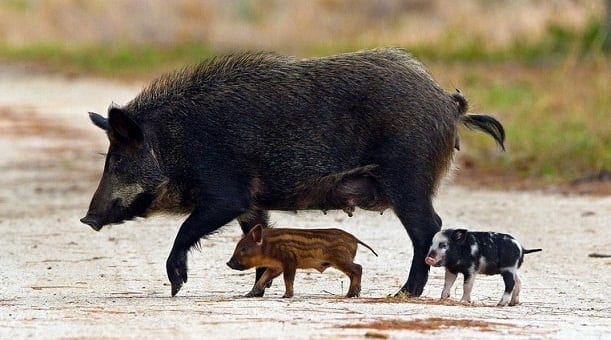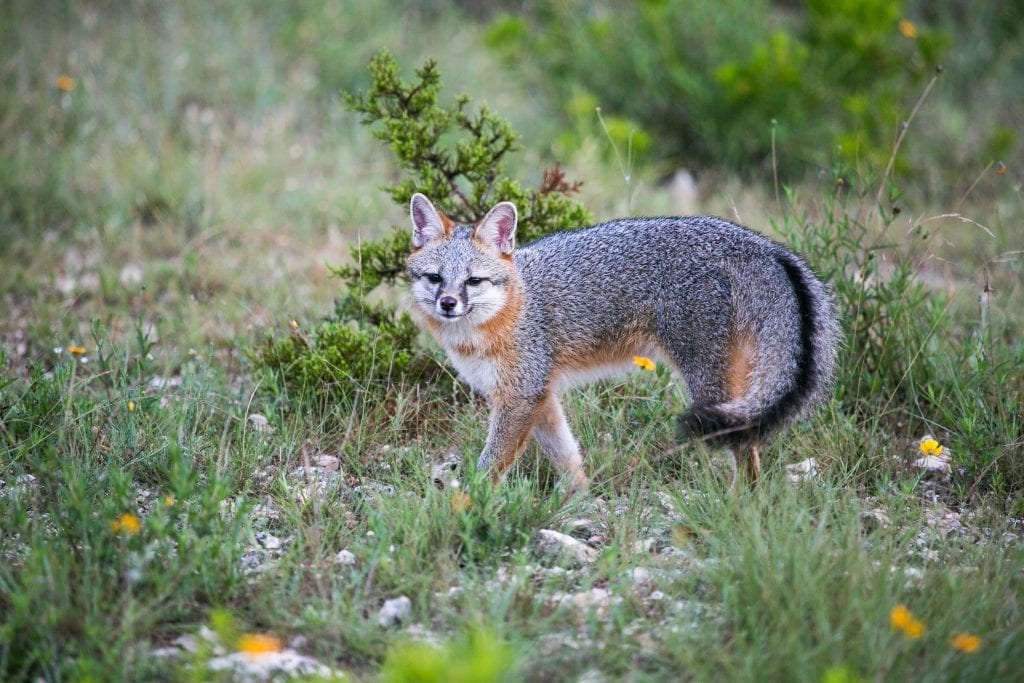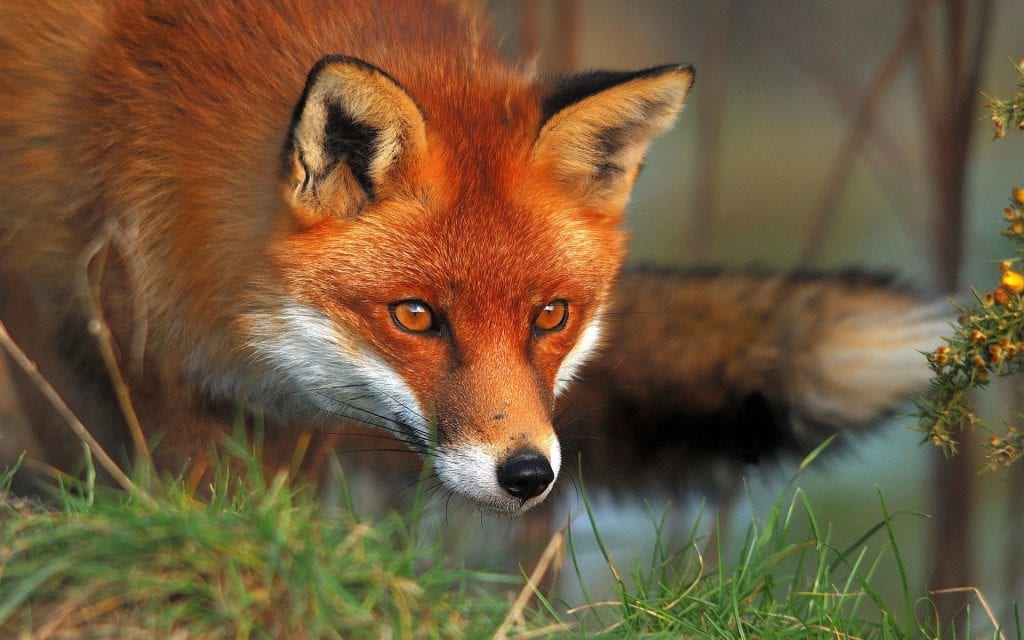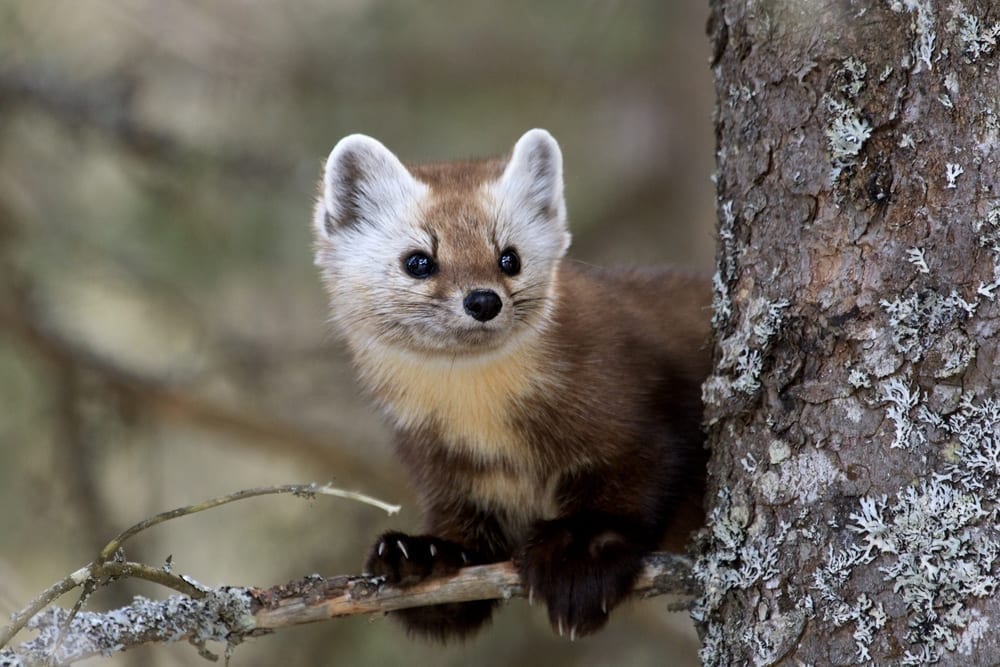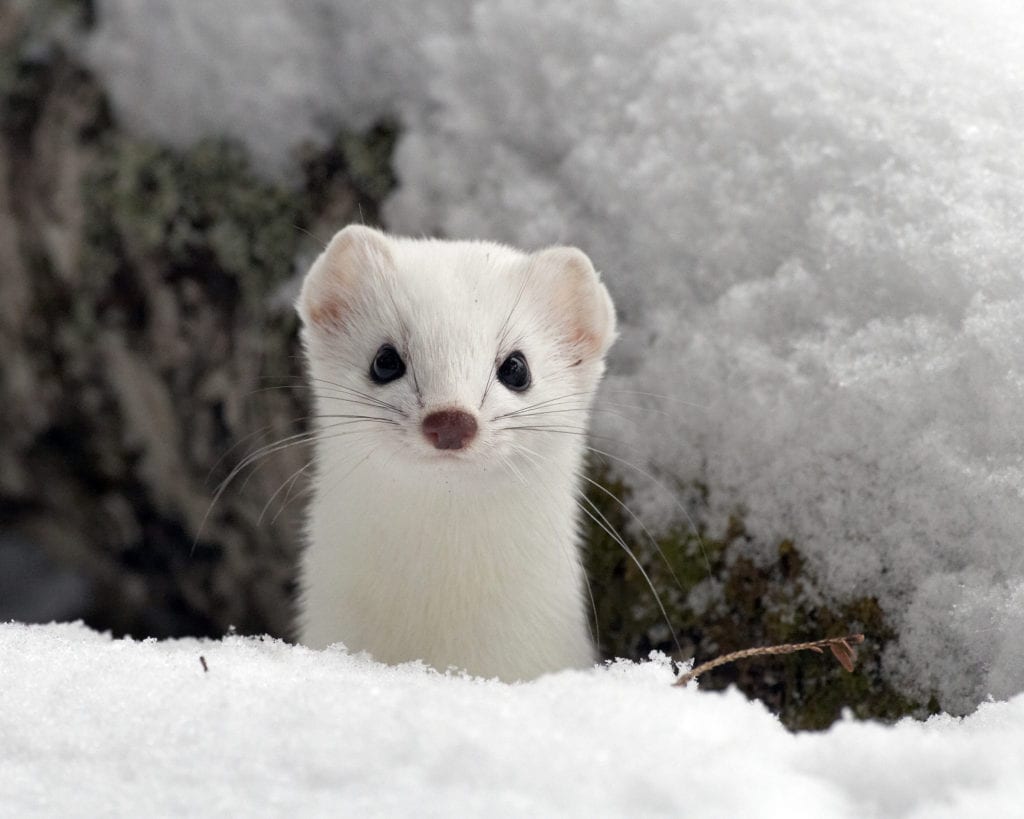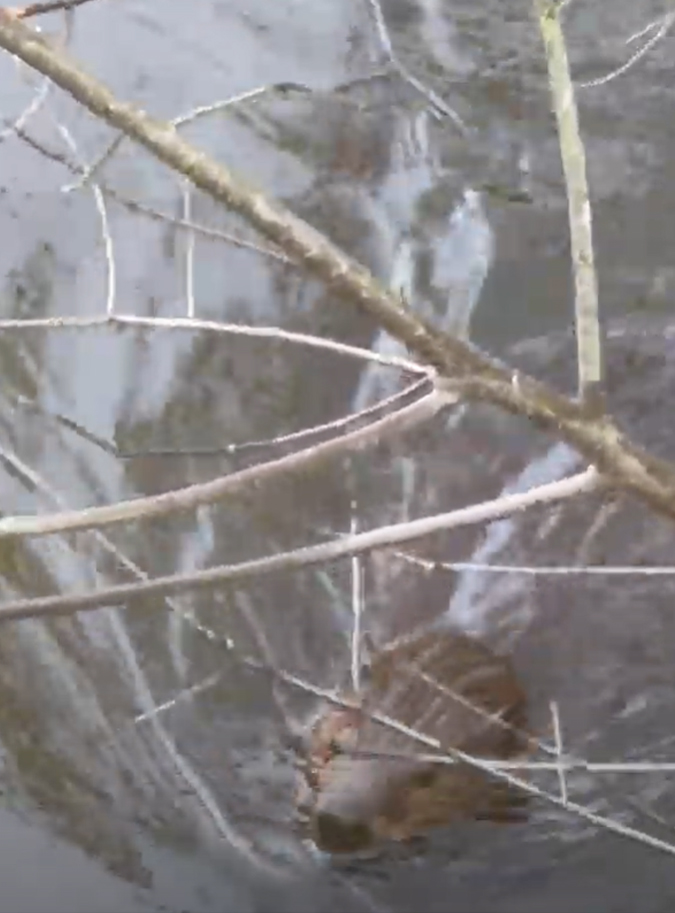Eurasian Boar
Eurasian boar are native to Europe and Asia. Also known as Russian boar, wild boar, wild hog, razorback, or feral swine, invasive Eurasian boar are new to the New York landscape, represent a great threat to New York and have the potential to become permanently established if action is not taken immediately. If you believe [...]

